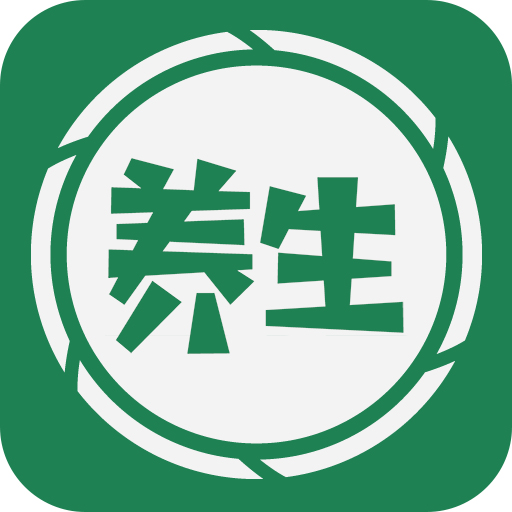UniApp是一款基于Vue.js的跨平臺應用開發框架,可以幫助開發者快速構建多端應用。在職場招聘和人才管理的應用中,我們可以利用UniApp來實現各種功能,如人才招聘、簡歷管理、職位發布和面試安排等。下面將介紹具體的實現方法,并提供代碼示例。
一、頁面搭建
首先我們需要創建相關頁面,包括首頁、職位列表頁面、簡歷列表頁面、職位詳情頁面和簡歷詳情頁面等。通過uniapp的頁面編寫,實現頁面的展示和導航。
二、數據交互和接口請求
- 創建API文件夾,用于存放與后臺接口相關的文件。在API文件夾中創建job.js和resume.js文件,分別用于處理職位相關和簡歷相關的接口請求。在job.js文件中,編寫獲取職位列表和職位詳情的接口請求函數。示例如下:
// job.js
import request from '@/utils/request'
// 獲取職位列表
export function getJobList() {
return request({
url: '/job/list',
method: 'get'
})
}
// 獲取職位詳情
export function getJobDetail(id) {
return request({
url: '/job/detail',
method: 'get',
params: {
id
}
})
}
登錄后復制
- 在resume.js文件中,編寫獲取簡歷列表和簡歷詳情的接口請求函數。示例如下:
// resume.js
import request from '@/utils/request'
// 獲取簡歷列表
export function getResumeList() {
return request({
url: '/resume/list',
method: 'get'
})
}
// 獲取簡歷詳情
export function getResumeDetail(id) {
return request({
url: '/resume/detail',
method: 'get',
params: {
id
}
})
}
登錄后復制
- 在utils文件夾創建request.js文件,用于封裝請求函數和錯誤處理等。示例如下:
// request.js
import axios from 'axios'
const service = axios.create({
baseURL: process.env.BASE_API, // 根據實際情況配置baseURL
timeout: 5000 // 請求超時時間
})
service.interceptors.response.use(
response => {
const res = response.data
if (res.code !== 200) {
// 處理錯誤信息
return Promise.reject(new Error(res.message || 'Error'))
} else {
return res
}
},
error => {
return Promise.reject(error)
}
)
export default service
登錄后復制
三、頁面數據展示
- 在職位列表頁面中,使用
getJobList接口請求獲取職位列表數據,并在頁面中進行展示。示例如下:// job/list.vue
<template>
<view>
<view v-for="(job, index) in jobList" :key="index">
<text>{{ job.title }}</text>
</view>
</view>
</template>
<script>
import { getJobList } from '@/api/job'
export default {
data() {
return {
jobList: []
}
},
mounted() {
this.getJobListData()
},
methods: {
getJobListData() {
getJobList().then(res => {
this.jobList = res.data
})
}
}
}
</script>
登錄后復制
- 在職位詳情頁面中,使用
getJobDetail接口請求獲取職位詳情數據,并在頁面中進行展示。示例如下:// job/detail.vue
<template>
<view>
<text>{{ job.title }}</text>
<text>{{ job.description }}</text>
</view>
</template>
<script>
import { getJobDetail } from '@/api/job'
export default {
data() {
return {
job: {}
}
},
mounted() {
this.getJobDetailData()
},
methods: {
getJobDetailData() {
const id = this.$route.params.id
getJobDetail(id).then(res => {
this.job = res.data
})
}
}
}
</script>
登錄后復制
- 簡歷列表頁面和簡歷詳情頁面的實現類似職位列表頁面和職位詳情頁面。
四、其他功能實現
除了頁面數據展示,還可以在應用中實現其他功能,如簡歷上傳、職位發布和面試安排等。通過結合uniapp提供的組件和API,我們可以快速實現這些功能。
綜上所述,通過UniApp結合接口請求和頁面搭建,我們可以實現職場招聘和人才管理應用中的各種功能,并為用戶提供便捷的招聘和人才管理體驗。希望以上內容對你有所幫助。
以上就是uniapp中如何實現職場招聘和人才管理的詳細內容,更多請關注www.92cms.cn其它相關文章!






